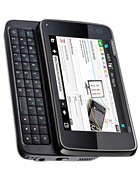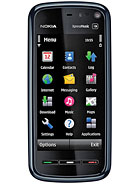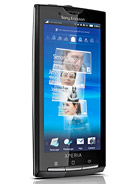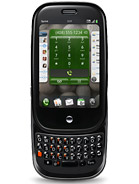Touch web browser mega shootout: Surf's up
Surf's up
Introduction
Is surfing the web on your phone as important to you as calling and texting? So, how does it feel? That’s the question we’ll be trying to answer. Mobile browsers are becoming an essential piece of software for mobile phones. And the best way to get the biggest screen real estate for browsing is hooking yourself up with a touchscreen phone!
So, handhelds are getting more and more of the Internet browsing pie and even more so their touchscreen counterparts. So we decided it’s time we looked real close at how those measure up one against each other. In this article we try to break down the browser experience into basic components and score every single one of them.
In all of our reviews we try to cover web browsing but this time we’re taking it further. The most popular touchscreen mobile phone browsers are lined up for inspection and ready for duty. We tested browser performance from page rendering to cache handling and ran a number of benchmark tests.
The browsers
Prepare to meet the contenders. Mobile Safari is represented by the iPhone 3GS and the good old iPhone 3G, which still sticks around. The Mozilla-based Maemo browser steps up on the Nokia N900. Next up is the HTC HD2, which was our testing platform for Internet Explorer Mobile 6, Opera Mobile 9.7 and the ever-popular Opera Mini 4.2. For Opera Mobile 9.5, we used Samsung B7610 OmniaPRO.



Apple iPhone 3GS • Nokia N900 • HTC HD2
In the Android corner, it’s the default browser running on the Sony Ericsson XPERIA X10 and the Motorola MILESTONE. The XPERIA X10 is also the testing ground for the touch version of the Dolphin web browser.
Symbian browsing was put to the test on the Nokia 5800 XpressMusic and Samsung i8910 Omnia HD.


Nokia 5800 XpressMusic • Samsung i8910 Omnia HD
And we didn’t forget the youngest OS in the bunch – WebOS – and its browser, tested on the Palm Pre.
Unfortunately, the Fennec browser didn’t make it, as it was released after we were well into this article.
The test
There’s a lot going on behind-scenes for you to just punch in the address and hit Go. Some of the technicalities are hard to avoid but basically, we’ve tried to gauge the user experience by testing the key elements that make up comfortable browsing as we see it.
You know, this whole shootout grew quite big and we tried to make it both informative and entertaining. On the last page of this review you’ll find all the data we’ve compiled in a comparison table. You can certainly skip right to it of course but it won’t tell you the whole story. So, here we go.
Reader comments
- Heerlidabieli
- 16 Dec 2011
- gLL
Haha that's rediculous. No way
- Great work!
- 24 Sep 2011
- u1t
This was a useful post and I think it is rather easy to see from the other comments as well that this post is well written and useful. wound care I bookmarked this blog a while ago because of the useful content and I am never being disappointed. Kee...
- pupi
- 02 Oct 2010
- 03%
I think this is another biased review: iPhone is the best bla bla... Example: you should have tested Symbian with other free alternative browsers, this would have been more fair. iPhone being the standard? you guys are cell phone pros and you say thi...

